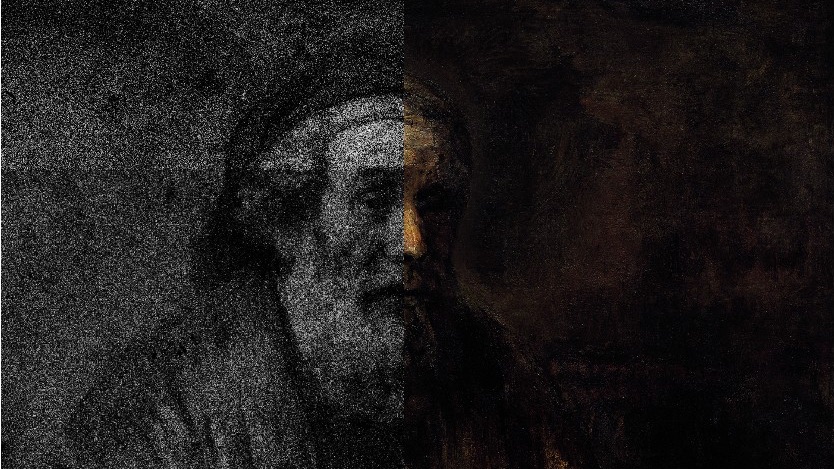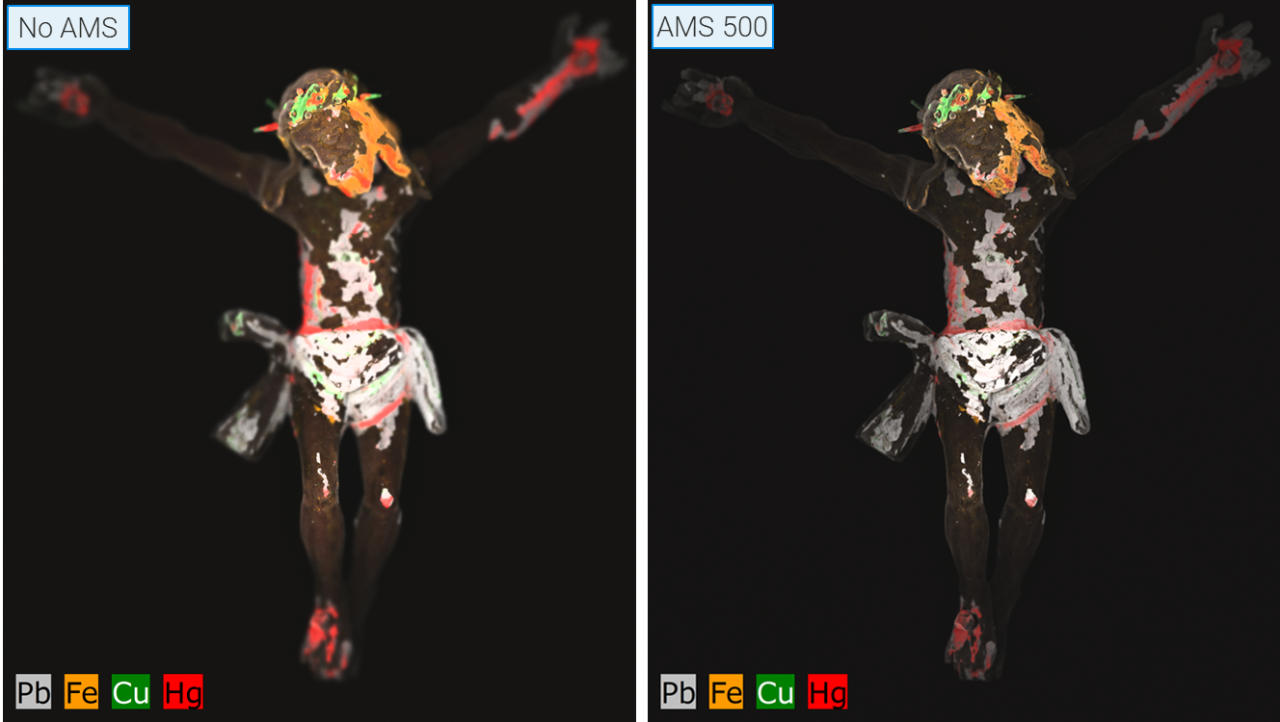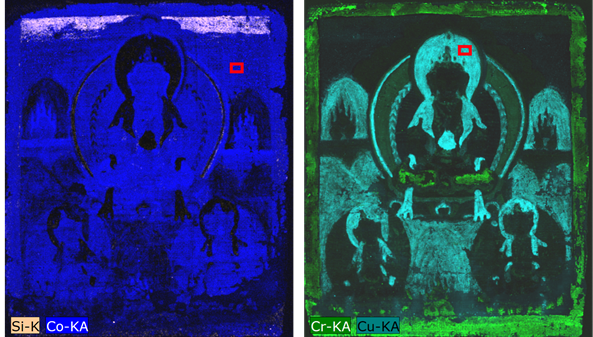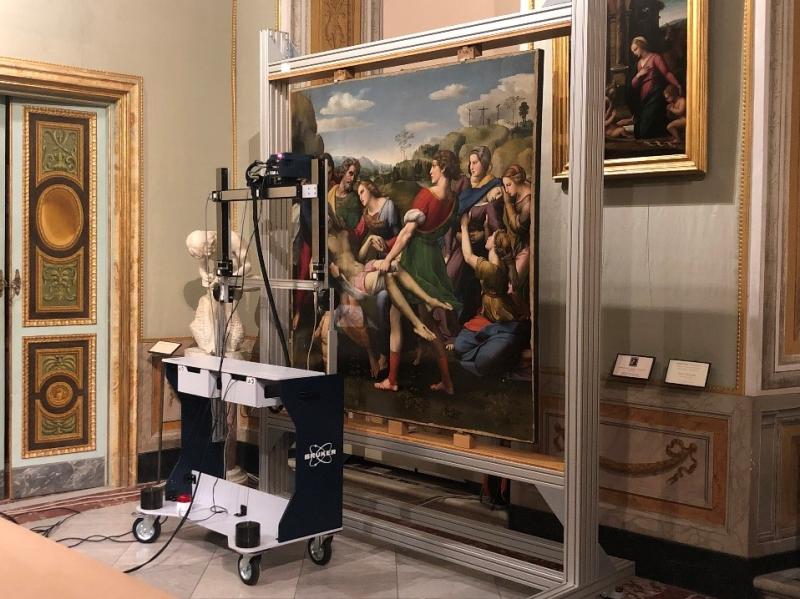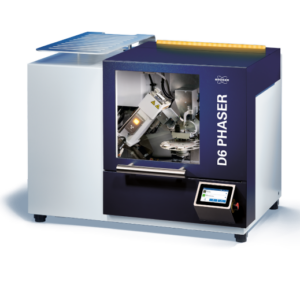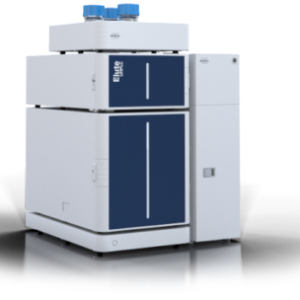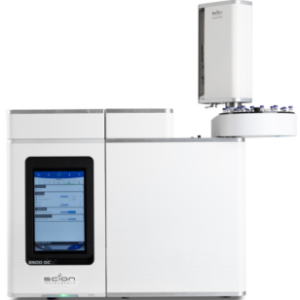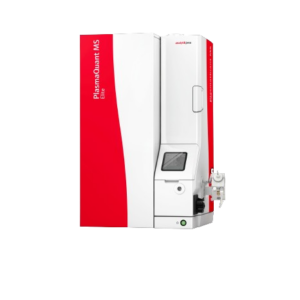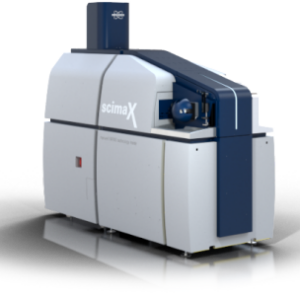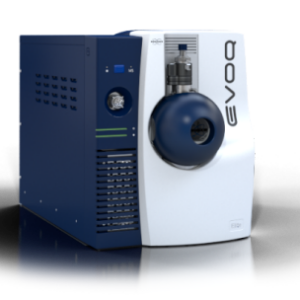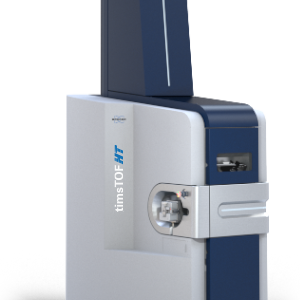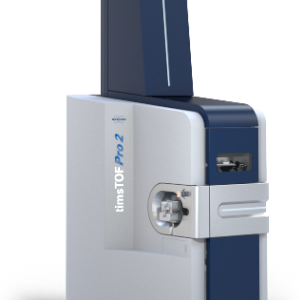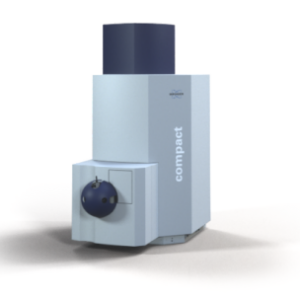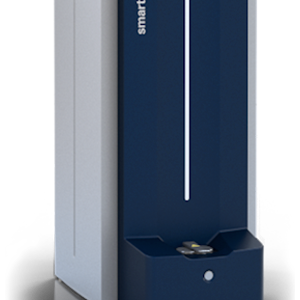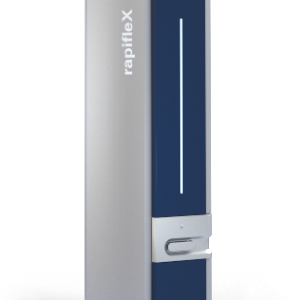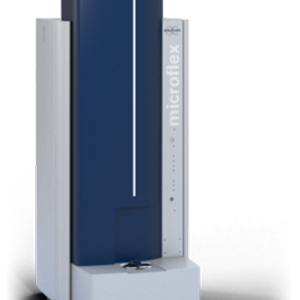M6 JETSTREAM
Large Area micro-XRF Scanner in High Definition
Mobile Elemental Analysis
Ultra-Fast Mapping
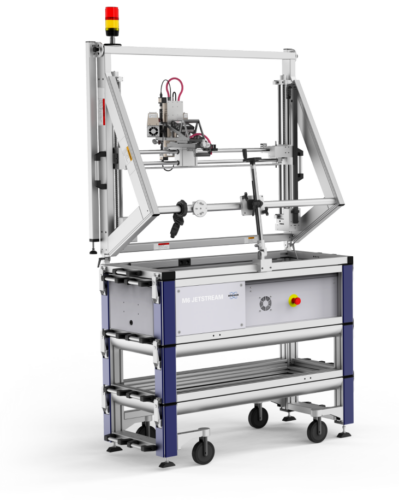
M6 JETSTREAM
2x60 mm²
SDD size
Dual silicon drift detector option for fastest acquisition
80x60 cm²
Scannable surface
Mapping larger samples in one run
100-500 µm
Adjustable spot size
The spot size can be adjusted in five steps to match the structure of the sample
State of the Art in Large Area micro-XRF
Micro-XRF on large samples (also called macro-XRF or MA-XRF) has become a decisive method for the analysis of paintings, geological samples, archeological artifacts and industrial components. The M6 JETSTREAM drives these analyses to the highest speed and accuracy. With its mobile wheelbase and adjustable frame, the M6 JETSTREAM can be used on-site instead of transporting the sample to the lab.
- Measurement of upright samples or horizontal surfaces
- Scannable area up to 800 x 600 mm²
- "On the fly" analysis for highest mapping speed
- Adjustable spot size to match the structure of the sample
- XFlash® SDD technology with up to 2 x 60 mm² detector area
- Optional aperture management system (AMS) to gain depth of focus on uneven surfaces
What Can You Expect from the M6 JETSTREAM?
- Get spatially resolved information about the elemental distribution of almost any surface
- Record data over large areas in one run
- Combine high-resolution optical images with a full spectrum per pixel in one HyperMap dataset
- Process data and extract object spectra , line scans and chemical phases from maps
- Quantify spectra using standardless Fundamental Parameter (FP) methods
- Reduce cost and time by avoiding logistics and ensuring security of valuable objects
Discover the broad range of mico-XRF samples
СПЕЦИФИКАЦИИ
Technical details
| Up to 100 mm/s stage speed | Mapping can be conducted "on the fly" with dwell times down to 1 ms per pixel | ||
| 30mm² or 60mm² SDDs with ≤145 eV | The M6 JETSTREAM can be equipped with different Bruker XFlash® detectors, all specified with ≤145 eV at Mn Kα | ||
| ±10° tilt in vertical measurement mode | In addition to the 90° tilt between horizontal and vertical measurement, the rig can be tilted in fine steps to adjust to inclined surfaces |


